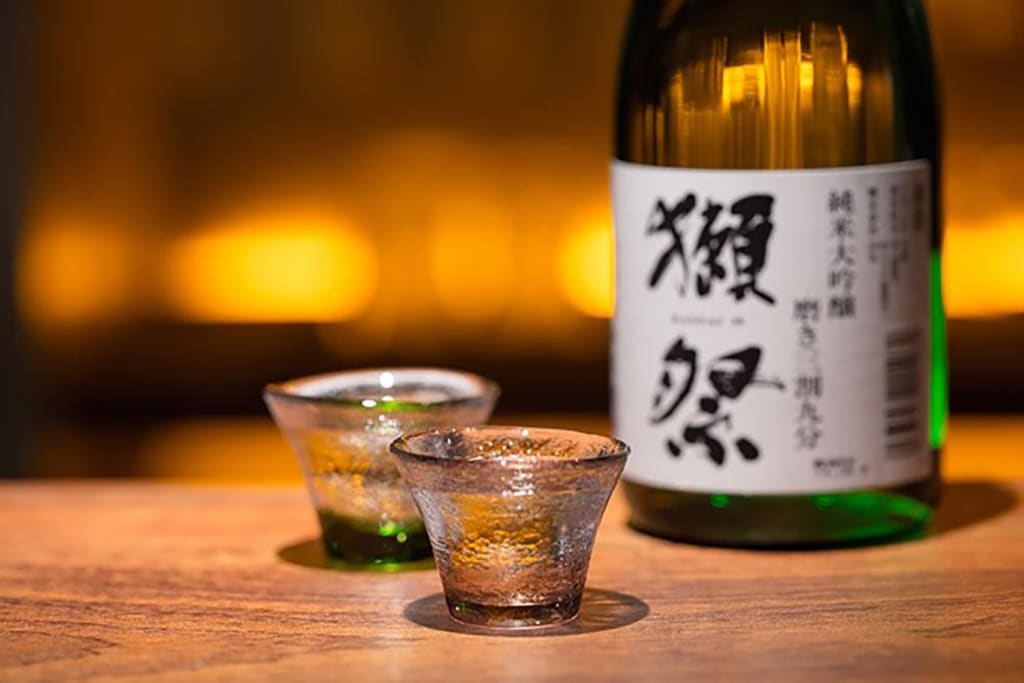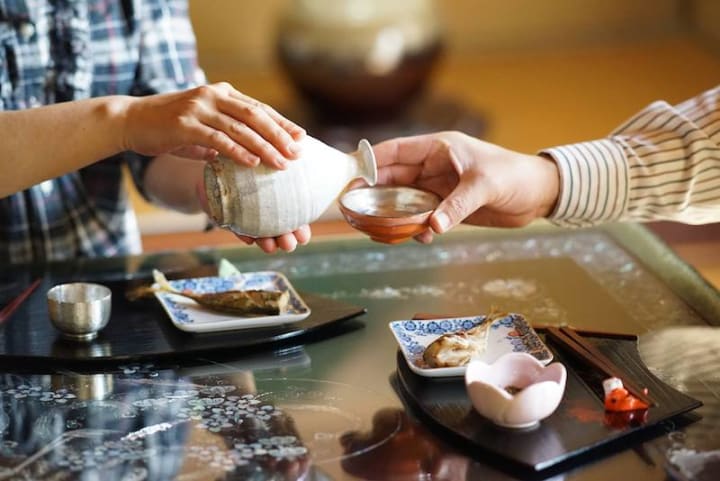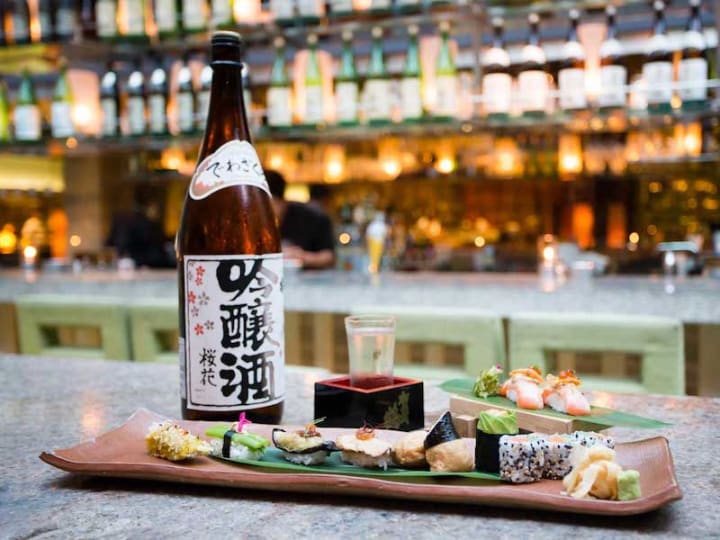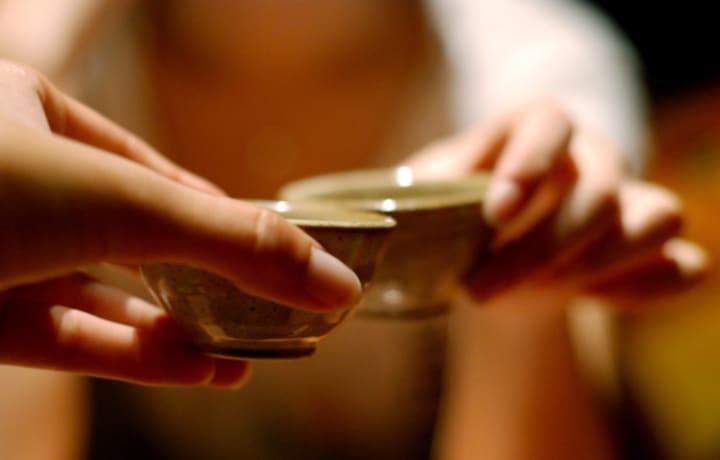10 Things to Know Before Ordering Sake
Toast your friends with a glass of rice wine. Not sure what to order? Here's ten things to know before ordering sake.

In Japan, sake is the most common alcoholic beverage of choice. While it's become popular in America as well, there's still much to understand. First of all, it must be known that sake is a type of wine that is made from sake rice. And though it's a type of wine, it is made and brewed like a beer.
There's different methods for making it and fermenting it, developing into a type of craft. It can be difficult sometimes to understand these differences when you don't know what they are. These are some things to know before ordering sake.
Sake is brewed.
Although sake is a rice wine, it is brewed more like a beer than wine. While wine is made from the fermentation of grapes, sake is made from the fermentation of rice and is brewed, converting starch to alcohol. First, the rice is "polished," where it is stripped of protein and oils and then washed. Then a mold called Koji is added to the rice which helps it convert starch into sugars which will turn it into alcohol.
Order cold sake.
Usually, the more expensive, high quality bottles of sake are suggested to be served slightly chilled and warm sakes are usually the cheapest. Though some restaurants serve these depending on the season, it is said that cold sakes are the best ones to try in order to taste all the flavors and aspects of the fermentation process.
Don't pour your own.

One of the things to know before ordering sake is that it's often considered rude to pour your own glass, suggesting that you don't trust your server enough to pour it for you. Sake is usually seen as a toast of sorts for different celebrations. When you drink sake, make sure that you pour your friends' glass and they will pour yours.
It rarely causes hangovers.
Despite having a high alcohol level, because of all the water in sake and the fact that it doesn't lower your body temperature like beer or wine, it rarely causes hangovers. Unlike other wines, sake is less acidic, has less histamines, and doesn't contain any sulfites, which are all aspects that cause hangovers.
Know the sizes.
When you order sake in a restaurant, it comes in many different serving sizes. Ordering a glass of sake is usually the most expensive and comes in a four ounce glass. If you order a carafe, be sure to ask about the size, which can range anywhere from five to 10 ounces. But one of the things to know before ordering sake is if you're with a bigger group, the best value is to probably order a bottle which can serve up to six people.
Sake pairs well with food.

Just like other alcoholic drinks, sake pairs well with certain kinds of food. Typically, warm sakes are better for heavier meals with fatty or oily foods and cold foods like sushi. Cold sake usually pairs well with other seafood. Because of sake's mild flavor, it tends to bring subtle flavors out of the food.
There are different types of sake.
Some good things to know before ordering sake is there are many different types of sakes that all have different subtle flavors and nuances. There is Junmai, which is pure, additive-free rice sake which has been polished 70 percent, giving it a more rich flavor. Honjozo also features rice that's been polished 70 percent, but has less alcohol and has a lighter taste. Jizake is often referred to as "local sake," which pairs well with meals that are common with each community.
Sake is low proof.
Most sakes are around 40 proof, making it at least half as strong as most vodkas and whiskeys. This is why sake is often paired with a beer to give it more of a bite. So don't expect to drunk off of a glass or shot of sake like you would with rum or vodka. Sake is supposed to be enjoyed as a toast and if you really want something stronger, pair it with something else.
Sake is good for your skin.

Because of the amino acids in the water used to make sake, it can be good for your skin complexion. There are even fermented rice water skin products that are all natural alternatives to more chemically enhanced products. The mold used in the fermentation process, kojic-acid, is also good for your skin, softening and brightening tones.
Make sure it's fresh.
Sake ages already in the fermentation process, so aging it for any long duration of time is not necessary, which are some good things to know before ordering sake. Typically, warmer, cheaper sakes are not as fresh as cold or child sakes. Usually you can tell by the color of the sake of how old it is, with darker ones being more aged. It's probably best to pick bottles that have dates on them rather than ones with no dates.
About the Creator
Claudia Jerro
Determined to find the perfect wine and cheese pairing and dreams of traveling to Paris.
Enjoyed the story? Support the Creator.
Subscribe for free to receive all their stories in your feed. You could also pledge your support or give them a one-off tip, letting them know you appreciate their work.






Comments
There are no comments for this story
Be the first to respond and start the conversation.